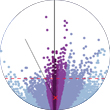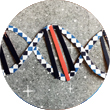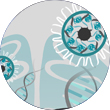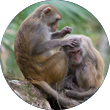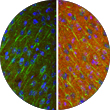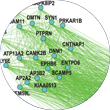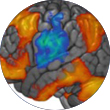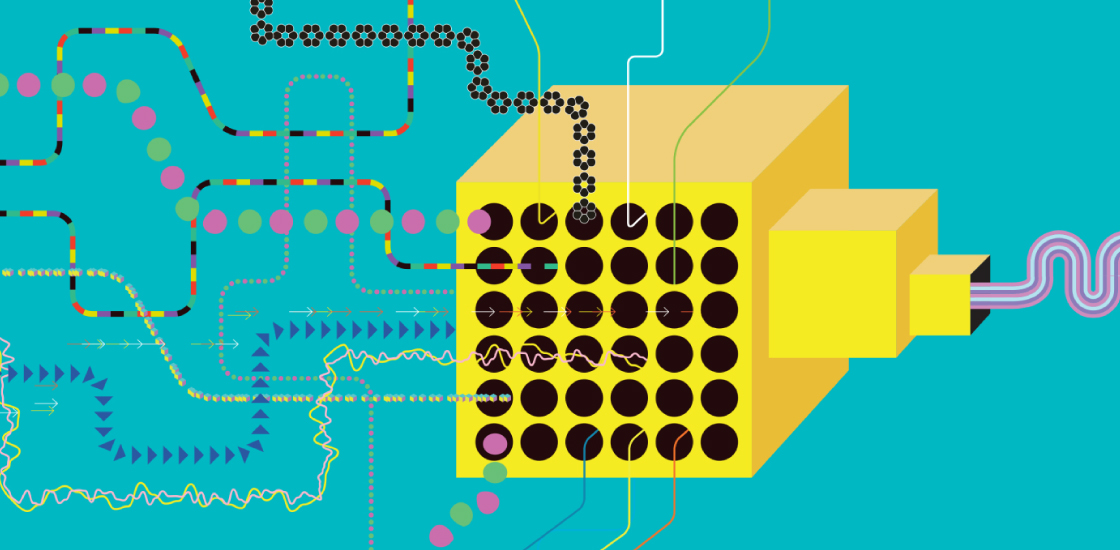
This year’s list of top papers highlights new dimensions in our understanding of autism genetics and hints at novel treatments.
This year, as every year, we asked autism researchers to weigh in on the most ‘notable’ papers of the past 12 months — ones that shifted their perspective on the condition or how to treat it.
The final selection underscores technological leaps that have given researchers unprecedented access to the genome — revealing how common genetic variants may contribute to autism, how the condition intersects with others and the potential of various therapies for treating it.
Here, in reverse chronological order, are the papers that made the cut.
Spontaneous mutations in certain noncoding regions of the genome are linked to autism, according to this analysis of the whole-genome sequences of 1,902 families. A study from the same group in April showed how analyses in fewer participants can lead to spurious results.
An J. et al. Science 362, eaat6576 (2018) Full text
2. Control of gene expression alters impact of autism mutations and Study links subset of genetic variants to autism, intellectual disability
Common genetic variants may contribute to autism risk by modifying the effects of rare, harmful mutations, according to these two studies.
The first suggests that common variants modulate the expression of genes that are also affected by rare mutations. The second reveals that common variants contribute to about 8 percent of the risk for developmental conditions thought to arise from rare mutations.
Castel S.E. et al. Nat. Genet. 50, 1327-1334 (2018) PubMed
Niemi M.E.K. et al. Nature 562, 268-271 (2018) PubMed
3. Research adds heft to link between autism and obesity
Nearly half of American adolescents with autism are overweight or obese, this paper showed, confirming a pattern seen in several other studies. Children with the most severe autism traits are more than three times as likely to be obese as those with milder traits.
Healy S. et al. Autism Epub ahead of print (2018) PubMed
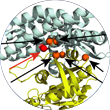 4. New approach predicts impact of mild mutations in autism
4. New approach predicts impact of mild mutations in autism
The new method outlined in this paper allows researchers to assess the biological impact of thousands of subtle genetic mutations, each of which alters just one of a protein’s amino acids.
Chen S. et al. Nat. Genet. 50, 1032-1040 (2018) PubMed
5. Gene editing via nanoparticles may treat autism syndromes and CRISPR tweak fixes genetic flaw in fragile X syndrome
The genetic engineering tool CRISPR could enable researchers to treat fragile X syndrome in the future, according to this pair of studies.
In the first, researchers used gold nanoparticles to successfully deliver CRISPR into the brains of fragile X mice and alter their behavior. In the second — a stem-cell study — scientists used a modified version of CRISPR to restore expression of the gene mutated in the syndrome.
Lee B. et al. Nat. Biomed. Eng. 2, 497-507 (2018) Abstract
Liu X.S. et al. Cell 172, 979-992 (2018) PubMed
6. Monkey study bolsters case for brain hormone’s role in autism
This study reveals that autistic boys and the least social members of a troop of rhesus macaques have low brain levels of the hormone vasopressin. The finding raises the question: Could increasing vasopressin levels boost sociability in people with autism?
Parker K.J. et al. Sci. Transl. Med. 10, eaam9100 (2018) PubMed
7. Cancer drug shows promise for treating some forms of autism
A low dose of a drug used to treat lymphoma may ease social problems in some forms of autism, this mouse study suggests. It also shows, for the first time, that mutations in the top autism gene SHANK3 alter chromatin — the coiled complex of DNA and protein.
Qin L. et al. Nat. Neurosci. 21, 564-575 (2018) PubMed
8. Autism shares brain signature with schizophrenia, bipolar disorder
Gene-expression signatures in the brains of people with autism overlap with expression patterns found in the brains of people with schizophrenia or bipolar disorder, according to this large study of postmortem brain tissue.
Gandal M.J. et al. Science 359, 693-697 (2018) PubMed
9. Sensory sensitivity may share genetic roots with autism
About 85 percent of the overlap between autism features and unusual sensory responses can be explained by genetics, according to this analysis of more than 12,000 twin pairs.
Taylor M.J. et al. J. Am. Acad. Child Adolesc. Psychiatry 57, 96-102 (2018) PubMed
10. Study of cerebellum’s role in autism homes in on ‘social’ region
A region of the cerebellum called the RCrusI may underpin the social problems seen in autistic people and in a mouse model of the condition. This study also suggests that stimulating this region with an electrical current may ease the effects in mice.
Stoodley C.J. et al. Nat. Neurosci. 20, 1744-1751 (2017) PubMed
Recommended reading
Explore more from The Transmitter

Neuro’s ark: How goats can model neurodegeneration

